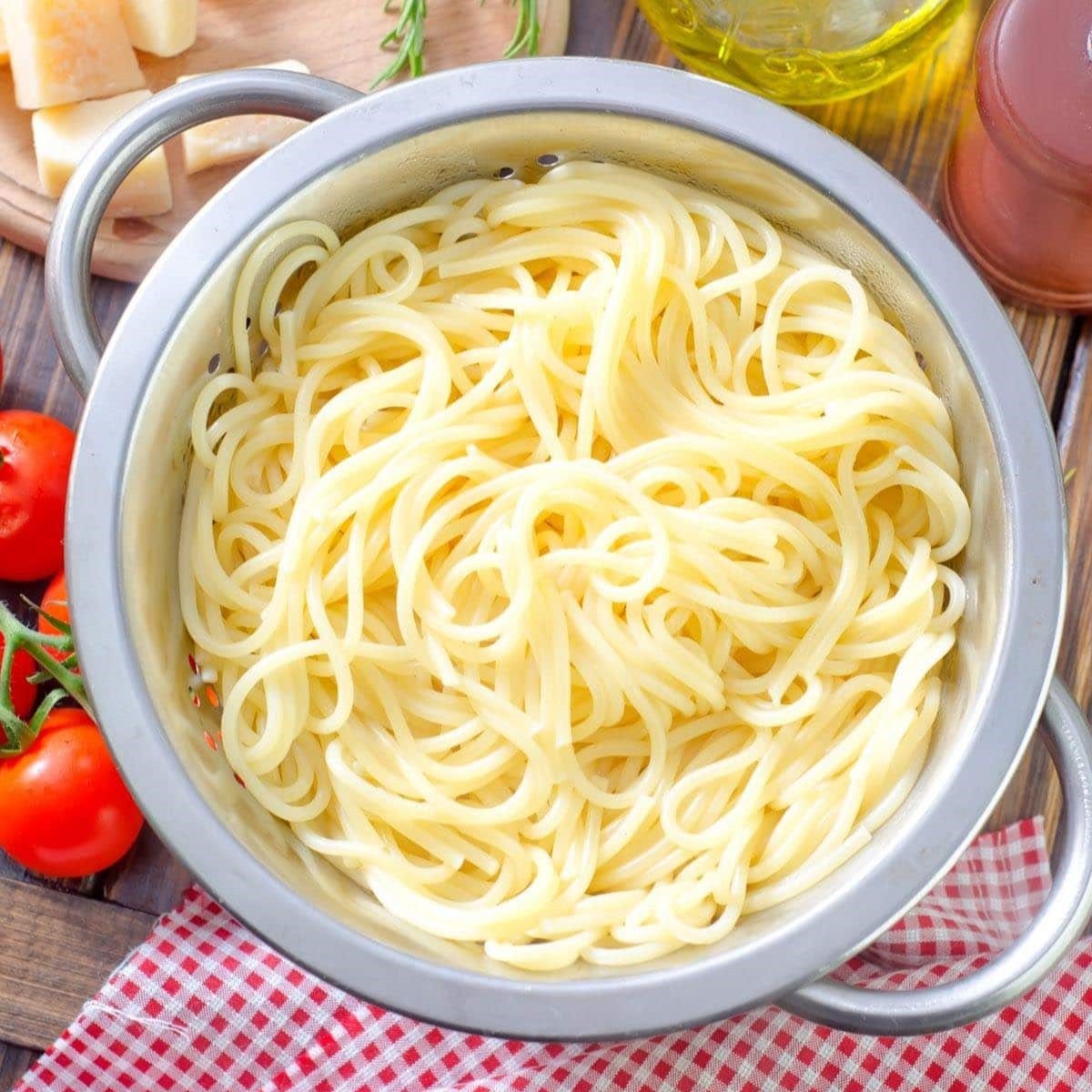

Articles
How To Store Cooked Noodles
Modified: December 7, 2023
Learn how to store cooked noodles and keep them fresh for longer with these helpful articles.
(Many of the links in this article redirect to a specific reviewed product. Your purchase of these products through affiliate links helps to generate commission for Storables.com, at no extra cost. Learn more)
Introduction
When it comes to cooking noodles, it’s not uncommon to end up with more than you need for a single meal. Whether you’re making a big batch of spaghetti or a pot of ramen, there are times when you’ll have leftover cooked noodles. The key to making the most of these leftovers is knowing how to properly store them. By understanding the importance of storing cooked noodles correctly and following some best practices, you can ensure that your leftover noodles stay fresh and delicious for future meals.
In this article, we’ll explore the importance of properly storing cooked noodles and provide you with practical tips on how to do it. We’ll cover everything from choosing the right container to reheating the noodles for a satisfying meal. So, whether you’re a noodle aficionado or simply someone who wants to avoid food waste, read on to learn how to store cooked noodles effectively.
Key Takeaways:
- Properly storing cooked noodles is essential for maintaining freshness, food safety, and convenience. Choose the right container, cool the noodles properly, and refrigerate or freeze them for delicious meals anytime.
- Reheating cooked noodles with care and discarding spoiled ones ensures a satisfying and safe dining experience. Master the art of storing cooked noodles to enjoy delicious meals and reduce food waste.
Read more: How To Store Leftover Noodles
Importance of Properly Storing Cooked Noodles
Properly storing cooked noodles is essential for maintaining their quality and taste. Here are a few reasons why it’s important to handle your leftover noodles with care:
- Freshness: Cooked noodles, if not stored correctly, can quickly lose their freshness and become dry and clumpy. By properly storing them, you can ensure that they retain their moisture and texture.
- Food Safety: Cooked noodles can be a breeding ground for bacteria if not stored under the right conditions. Storing them at the proper temperature helps prevent bacterial growth and reduces the risk of foodborne illnesses.
- Saves Money: By storing leftover cooked noodles properly, you can extend their shelf life and avoid unnecessary food wastage. This not only saves you money but also reduces your impact on the environment.
- Convenience: Storing cooked noodles allows you to have a quick and easy meal on hand whenever you need it. You can use them as a base for various dishes or simply reheat them for a satisfying bowl of noodles.
Now that we understand the importance of proper storage, let’s dive into the best practices for storing cooked noodles to keep them fresh, safe, and ready to enjoy.
Best Practices for Storing Cooked Noodles
To ensure that your cooked noodles stay fresh and flavorful, follow these best practices for storing them:
- Choosing the Right Container: When it comes to storing cooked noodles, opt for airtight containers or resealable bags. Make sure the container is clean and dry before adding the noodles to prevent any moisture buildup.
- Cooling the Noodles Properly: Before storing the noodles, it’s essential to cool them down properly. Rinse the noodles with cold water to stop the cooking process and prevent them from becoming mushy. You can also spread them out on a baking sheet to cool them faster.
- Refrigerating Cooked Noodles: If you plan to use the noodles within a few days, refrigeration is the way to go. Place the cooled noodles in an airtight container and store them in the refrigerator. They should stay fresh for up to 3-4 days.
- Freezing Cooked Noodles: Freezing cooked noodles is a great option if you want to store them for a longer period. Portion out the noodles into freezer-safe bags or containers and remove as much air as possible. Label the containers with the date and store them in the freezer for up to 2-3 months.
- Reheating Cooked Noodles: When it’s time to reheat your stored noodles, avoid microwaving them directly from the fridge or freezer. Instead, place them in a pot of boiling water for a few minutes or heat them up in a sauce on the stovetop. This will help retain their texture and prevent them from becoming soggy.
- Properly Discarding Spoiled Noodles: If you notice any signs of spoilage, such as an off smell, unusual texture, or discoloration, it’s best to discard the cooked noodles. Eating spoiled noodles can lead to foodborne illnesses, so it’s better to be safe than sorry.
By following these best practices, you can ensure that your cooked noodles remain fresh, safe to eat, and retain their delicious taste. Preparing and storing them properly will allow you to enjoy the convenience of having a quick and satisfying meal whenever you need it.
Choosing the Right Container
When it comes to storing cooked noodles, selecting the right container is crucial for maintaining their freshness and preventing moisture loss. Here are some tips for choosing the right container:
- Airtight and Resealable: Look for containers that are specifically designed to be airtight and have a reliable sealing mechanism. This will prevent air and moisture from entering the container, keeping the noodles fresh for a longer time.
- Material: Use containers made of food-safe materials like glass or BPA-free plastic. These materials are non-reactive and will not impart any unwanted flavors or chemicals into the noodles.
- Size: Choose a container that is just the right size for the amount of leftover noodles you have. An oversized container will lead to unnecessary air exposure and may cause the noodles to dry out more quickly.
- Clean and Dry: Before storing the noodles, ensure that the container is clean and dry. Any leftover food particles or moisture can promote bacterial growth and spoilage.
Once you’ve chosen the right container, transfer the cooled noodles into it, making sure to leave some headspace for expansion if you plan on freezing them. Press down gently on the noodles to remove any air pockets and then seal the container tightly. By selecting the appropriate container, you can keep your cooked noodles fresh and ready for future meals.
Cooling the Noodles Properly
After cooking your noodles, it’s crucial to cool them properly before storing to maintain their texture and prevent them from becoming mushy. Here are some steps to follow for cooling cooked noodles:
- Rinse with Cold Water: Once the noodles are cooked al dente, drain them and rinse them under cold water. This helps stop the cooking process and removes any excess starch that can cause them to stick together.
- Separate the Noodles: After rinsing, gently separate the noodles using a fork or your hands to prevent them from clumping together. This helps ensure that each noodle cools down evenly.
- Spread on a Baking Sheet: For faster cooling, spread the noodles out in a single layer on a baking sheet. This allows for better airflow and helps them cool down more quickly.
- Avoid Overcrowding: Make sure to spread out the noodles evenly on the baking sheet, ensuring that they are not overlapping or piled on top of each other. Overcrowding can trap heat and moisture, leading to uneven cooling and potential spoilage.
Allow the noodles to cool completely at room temperature before transferring them to the storage container. This step ensures that condensation doesn’t form inside the container, which can make the noodles soggy and promote bacterial growth. Once the noodles are properly cooled, you can move on to storing them in the refrigerator or freezer.
By following these steps to cool your cooked noodles properly, you can preserve their texture and ensure that they remain fresh and enjoyable when it’s time to eat them.
Store cooked noodles in an airtight container in the refrigerator for up to 5 days. To prevent sticking, toss with a little oil before storing.
Read more: How To Store Noodles
Refrigerating Cooked Noodles
If you plan to use your cooked noodles within a few days, refrigeration is the best storage option. Properly refrigerating cooked noodles helps maintain their freshness and prevents bacterial growth. Here’s how to refrigerate cooked noodles:
- Cool the Noodles: Before refrigerating, make sure the noodles are cooled down completely. Follow the steps mentioned earlier for properly cooling the noodles to prevent them from becoming mushy in the refrigerator.
- Transfer to an Airtight Container: Place the cooled noodles in an airtight container. Glass or BPA-free plastic containers with tightly sealed lids work well for this purpose. Avoid using containers made of reactive materials like metal, as they can alter the taste of the noodles.
- Label and Date: It’s a good practice to label the container with the date of storage. This helps you keep track of the freshness and avoids confusion when you have multiple containers of cooked noodles in the refrigerator.
- Refrigerator Placement: Store the container of cooked noodles in the main body of the refrigerator, away from the door. This is because the temperature on the door can fluctuate when it’s opened frequently, which may affect the quality of the noodles.
Refrigerated cooked noodles can stay fresh for up to 3-4 days. Beyond that, their texture and taste may begin to deteriorate. It’s important to use your senses and discard the noodles if they show any signs of spoilage, such as an unpleasant odor or unusual color.
Refrigerating cooked noodles is a convenient option if you plan to use them for a quick meal or incorporate them into a dish within a few days. Just ensure that they are properly stored in an airtight container to maintain their quality.
Freezing Cooked Noodles
If you have more cooked noodles than you can consume within a few days, freezing them is an excellent way to extend their shelf life. Freezing cooked noodles allows you to have a convenient and ready-to-use meal option whenever you need it. Here’s how to freeze cooked noodles:
- Cool the Noodles: Just like when refrigerating, ensure that the cooked noodles are cooled down completely before freezing them. Follow the steps mentioned earlier for proper cooling to maintain their texture.
- Portion the Noodles: Divide the noodles into portions suitable for your needs. This allows you to take out only the amount you require without having to thaw the entire batch.
- Packaging: Place each portion of cooked noodles into individual freezer-safe bags or airtight containers. Squeeze out as much air as possible before sealing to minimize the risk of freezer burn.
- Label and Date: Ensure to label each package with the contents and the date of freezing. This helps you keep track of the noodles and ensures that you use them within the recommended time frame.
- Freezer Placement: Put the packaged cooked noodles in the freezer, making sure they are stored in a flat position to save space and allow for easier stacking.
Frozen cooked noodles can stay good for up to 2-3 months. However, for the best quality and taste, it’s recommended to consume them within the first month of freezing.
When you’re ready to use the frozen noodles, thaw them in the refrigerator overnight. This gradual thawing helps maintain their texture. Once thawed, you can reheat them by tossing them in a hot pan with some sauce or by adding them directly to boiling water. Avoid microwaving frozen noodles as this can lead to a loss of texture and flavor.
By following these steps, you can confidently freeze your cooked noodles, ensuring their longevity while preserving their taste and quality.
Reheating Cooked Noodles
Reheating cooked noodles is simple and allows you to enjoy a quick and delicious meal. Whether you’ve stored them in the refrigerator or the freezer, here are some methods to reheat your cooked noodles:
- Boiling Water: Bring a pot of water to a rolling boil. Add the cooked noodles directly to the boiling water and cook for a few minutes until they are heated through. Keep a close eye on them to prevent overcooking, as they are already cooked.
- Stovetop: Another option is to reheat the noodles on the stovetop. Heat a saucepan or skillet over medium heat and add some oil or sauce. Add the cooked noodles and toss them in the sauce or oil until they are heated thoroughly.
- Microwave: If you’re in a hurry, you can use the microwave to reheat the noodles. Place the cooked noodles in a microwave-safe container and cover them with a damp paper towel to retain moisture. Heat them in 30-second intervals, stirring between each interval, until they are heated throughout.
Regardless of the method you choose, be mindful not to overcook the noodles. Overcooking can lead to a loss of texture and make them mushy. Remember, the goal is to heat them and bring them back to a warm and enjoyable state.
Once the noodles are reheated, you can serve them as is or incorporate them into your favorite dishes. They work well with various sauces, stir-fries, soups, and salads. Get creative and experiment with different flavors and ingredients.
By following these methods, you can easily reheat your cooked noodles and enjoy a delicious meal in no time.
Properly Discarding Spoiled Noodles
It’s essential to be aware of the signs of spoilage and know when to safely discard cooked noodles. Consuming spoiled noodles can lead to foodborne illnesses and discomfort. Here’s how to determine if your cooked noodles have gone bad and how to properly dispose of them:
Signs of Spoilage:
- Unpleasant Odor: If the cooked noodles emit a foul, off-putting odor, it’s a clear indication that they have spoiled.
- Unusual Texture: Noodles that have turned slimy, mushy, or have a disintegrated texture are signs of spoilage.
- Discoloration: Any unusual coloration, such as an off-brown or greenish tint, indicates spoilage.
If you notice any of these signs, it’s best to err on the side of caution and discard the cooked noodles to prevent any potential illness.
Proper Disposal:
- Seal in a Bag: Place the spoiled cooked noodles in a sealed plastic bag to prevent odor and leakage.
- Dispose of in Trash: Put the bagged spoiled noodles in the regular trash bin. Avoid composting them as cooked noodles can attract pests and cause odor issues.
By properly identifying spoiled noodles and disposing of them promptly, you can ensure the safety and well-being of yourself and others who may come into contact with them.
Remember, it’s always better to be safe than sorry when it comes to consuming potentially spoiled food. Trust your senses and use proper disposal methods to maintain a clean and safe kitchen environment.
Read more: How To Store Homemade Noodles
Conclusion
Properly storing cooked noodles is crucial for preserving their freshness and flavor, as well as for ensuring food safety. By following the best practices outlined in this article, you can make the most of your leftover noodles and minimize food waste. Remember these key points:
- Choose the right container: Opt for airtight containers or resealable bags to prevent moisture loss and maintain freshness.
- Cool the noodles properly: Rinse the cooked noodles with cold water and cool them down completely before storing to maintain their texture.
- Refrigerate cooked noodles for short-term storage: Store cooled noodles in a clean, airtight container in the refrigerator for 3-4 days.
- Freeze cooked noodles for long-term storage: Divide cooled noodles into portions, pack them in freezer-safe bags or containers, and freeze for up to 2-3 months.
- Reheat cooked noodles with care: Use boiling water, stovetop, or microwave methods to reheat noodles, being mindful not to overcook them.
- Discard spoiled noodles properly: Identify signs of spoilage, such as unpleasant odor, unusual texture, or discoloration, and dispose of them in sealed bags in the regular trash.
By implementing these techniques, you can ensure that your cooked noodles stay fresh, safe to eat, and ready to enjoy whenever you desire a satisfying meal. Whether you’re a pasta lover, a noodle enthusiast, or simply someone who wants to avoid food waste, proper storage of cooked noodles is a skill worth mastering.
So, the next time you find yourself with leftover cooked noodles, don’t hesitate to store them correctly using the tips provided. You’ll be glad to have a delicious, hassle-free meal waiting for you whenever you need it.
Frequently Asked Questions about How To Store Cooked Noodles
Was this page helpful?
At Storables.com, we guarantee accurate and reliable information. Our content, validated by Expert Board Contributors, is crafted following stringent Editorial Policies. We're committed to providing you with well-researched, expert-backed insights for all your informational needs.

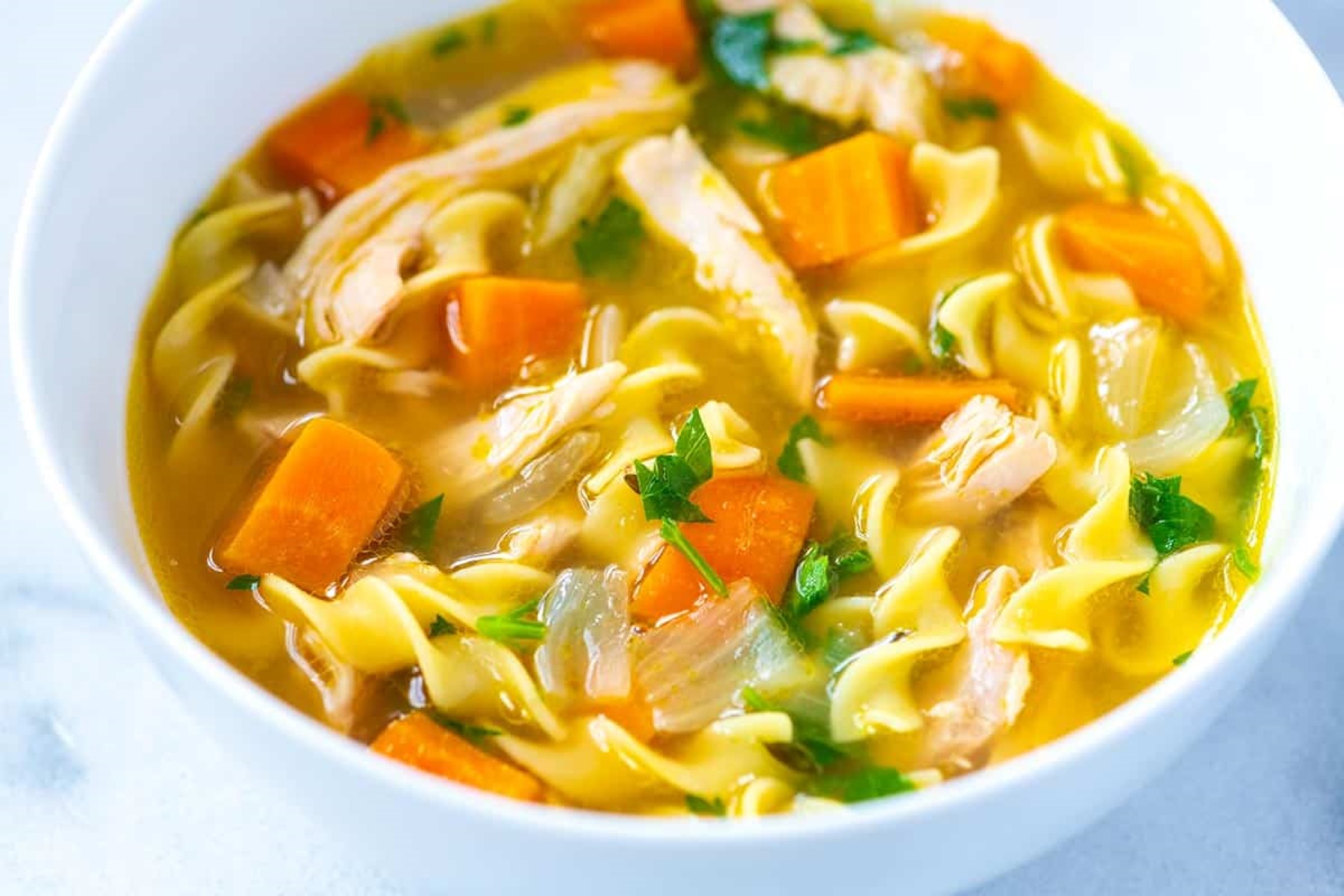
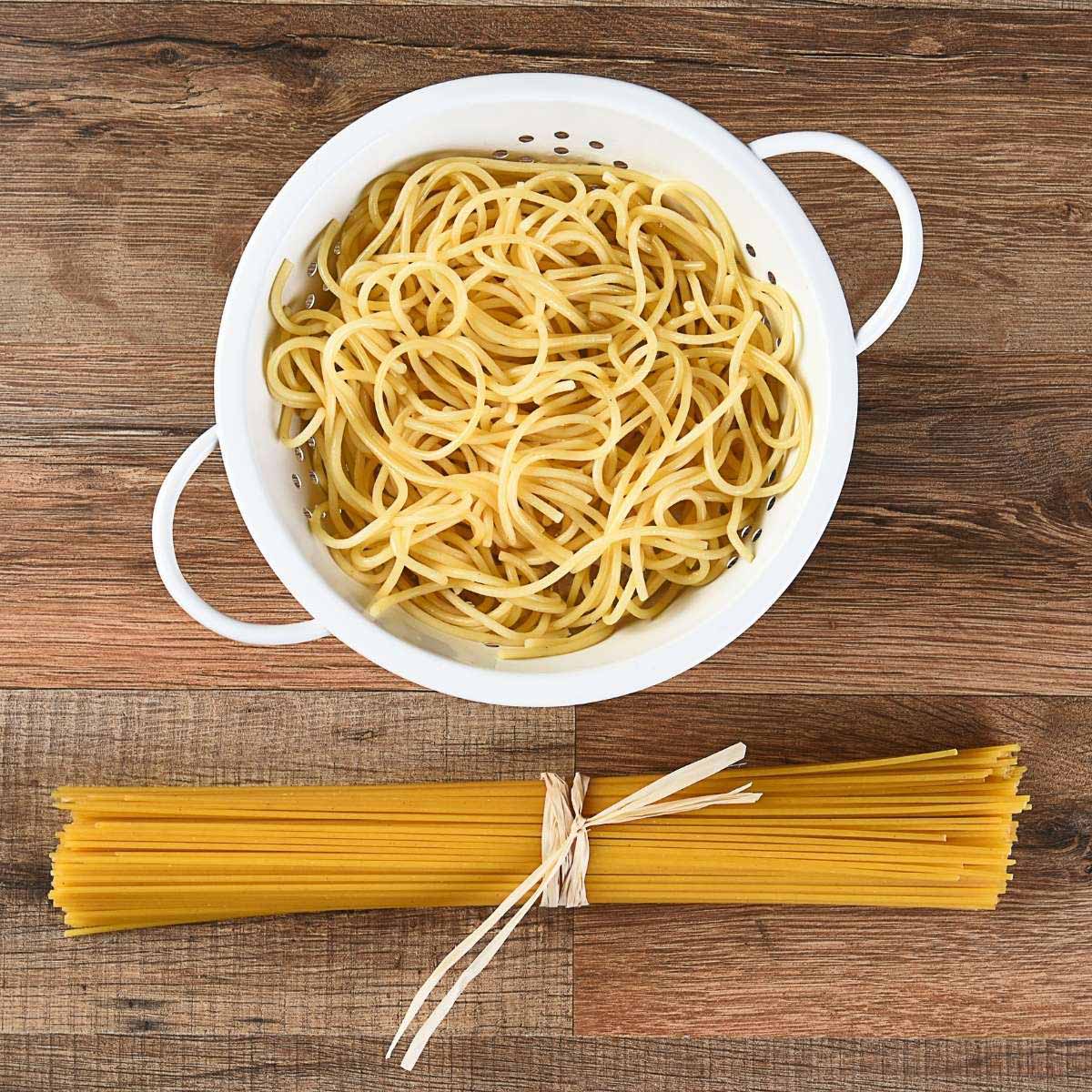
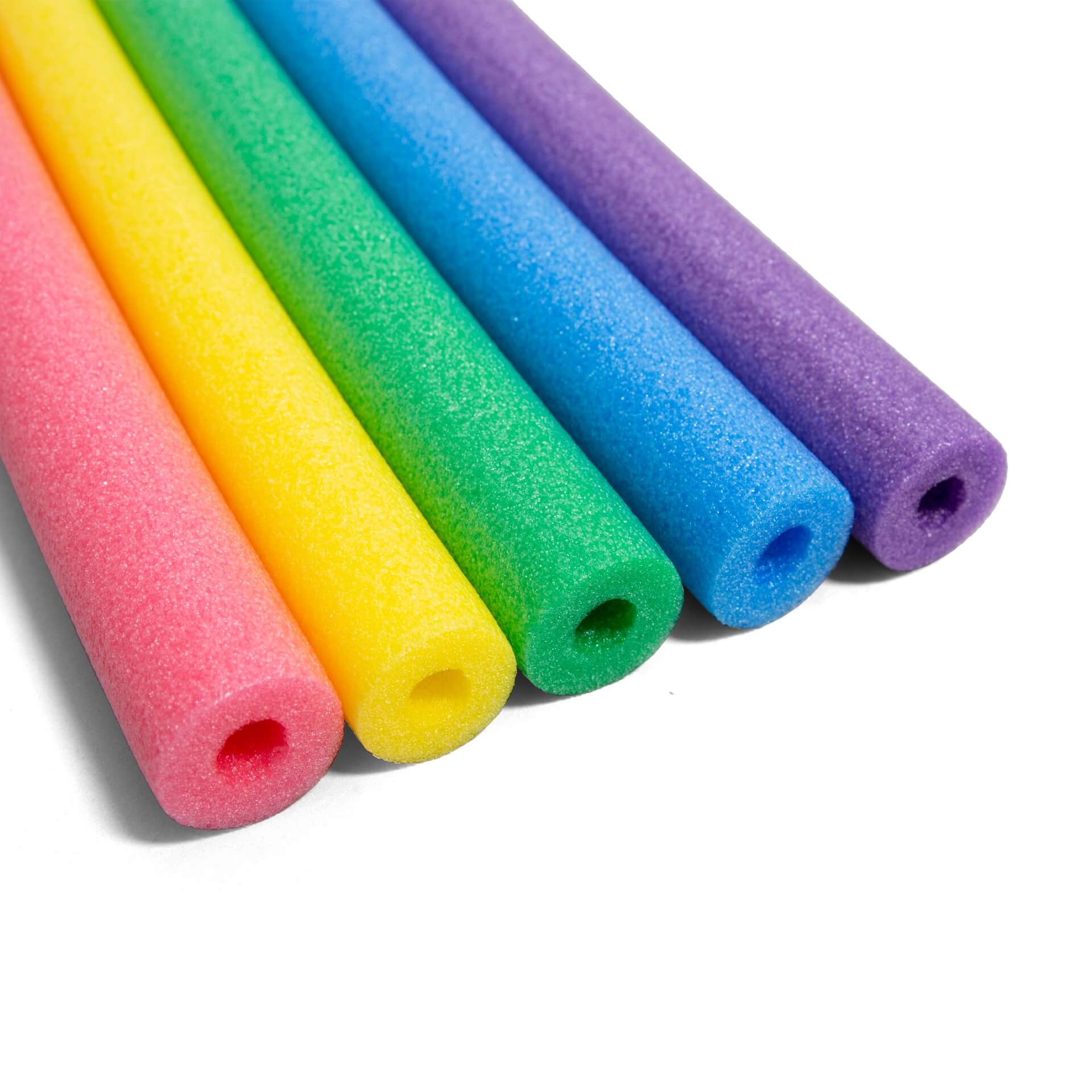
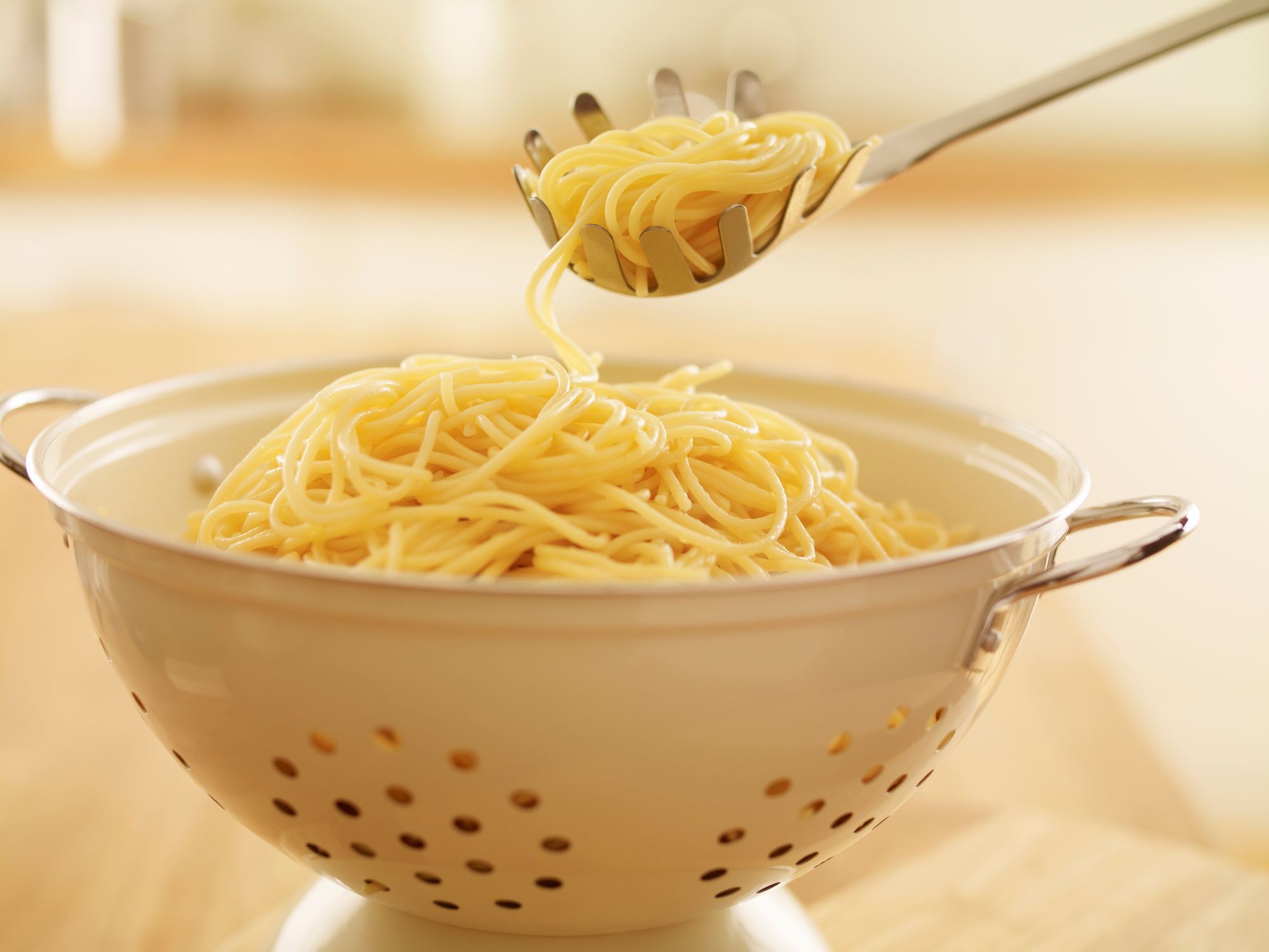
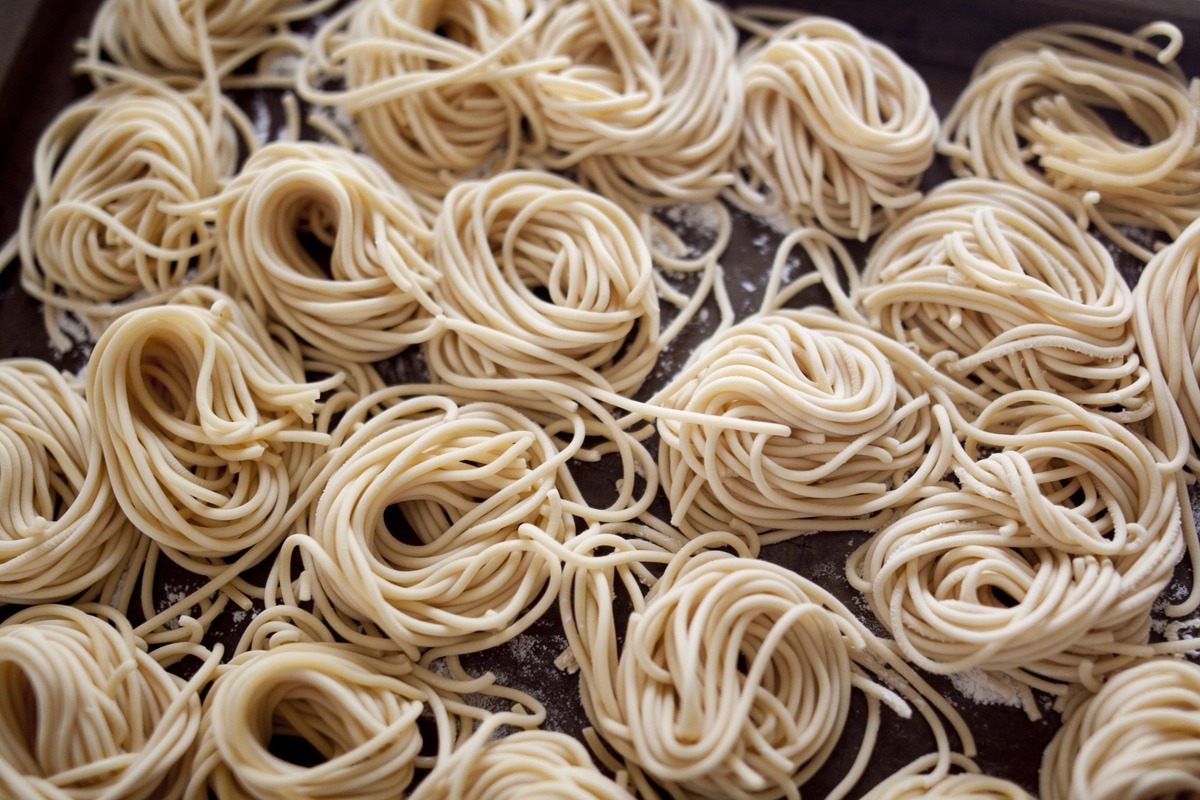
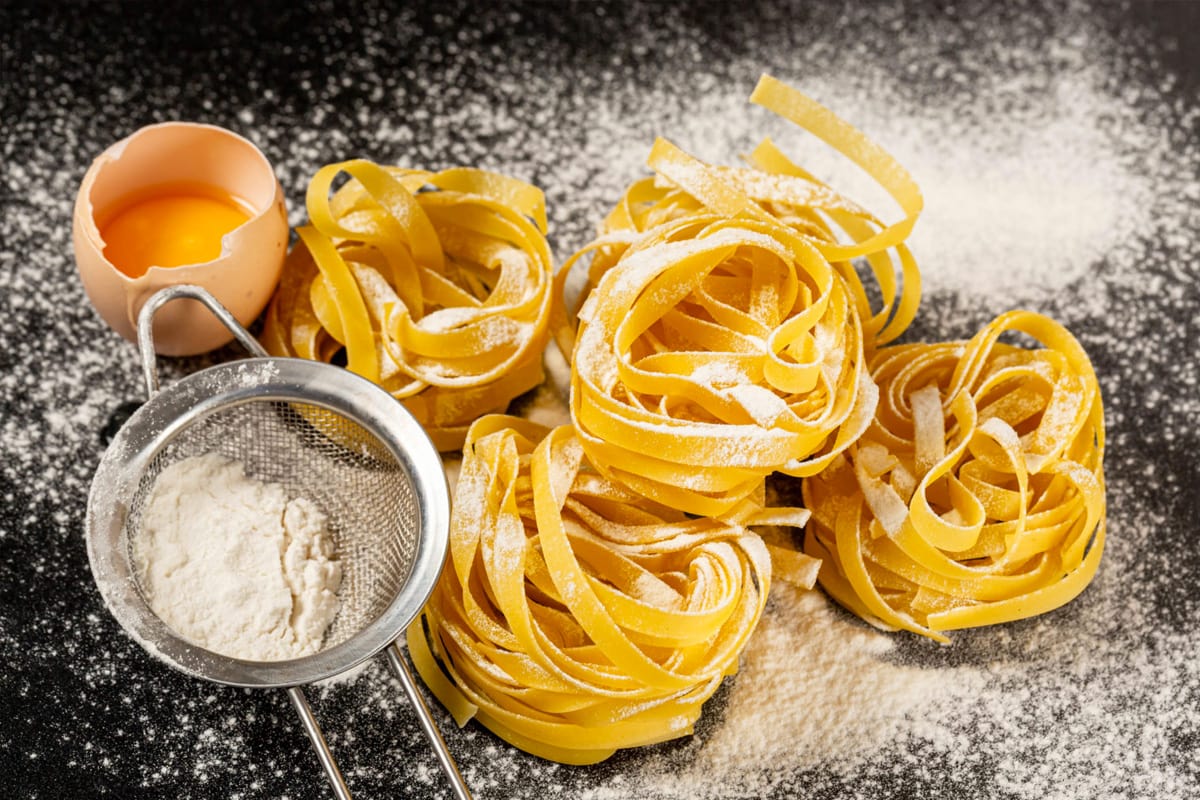
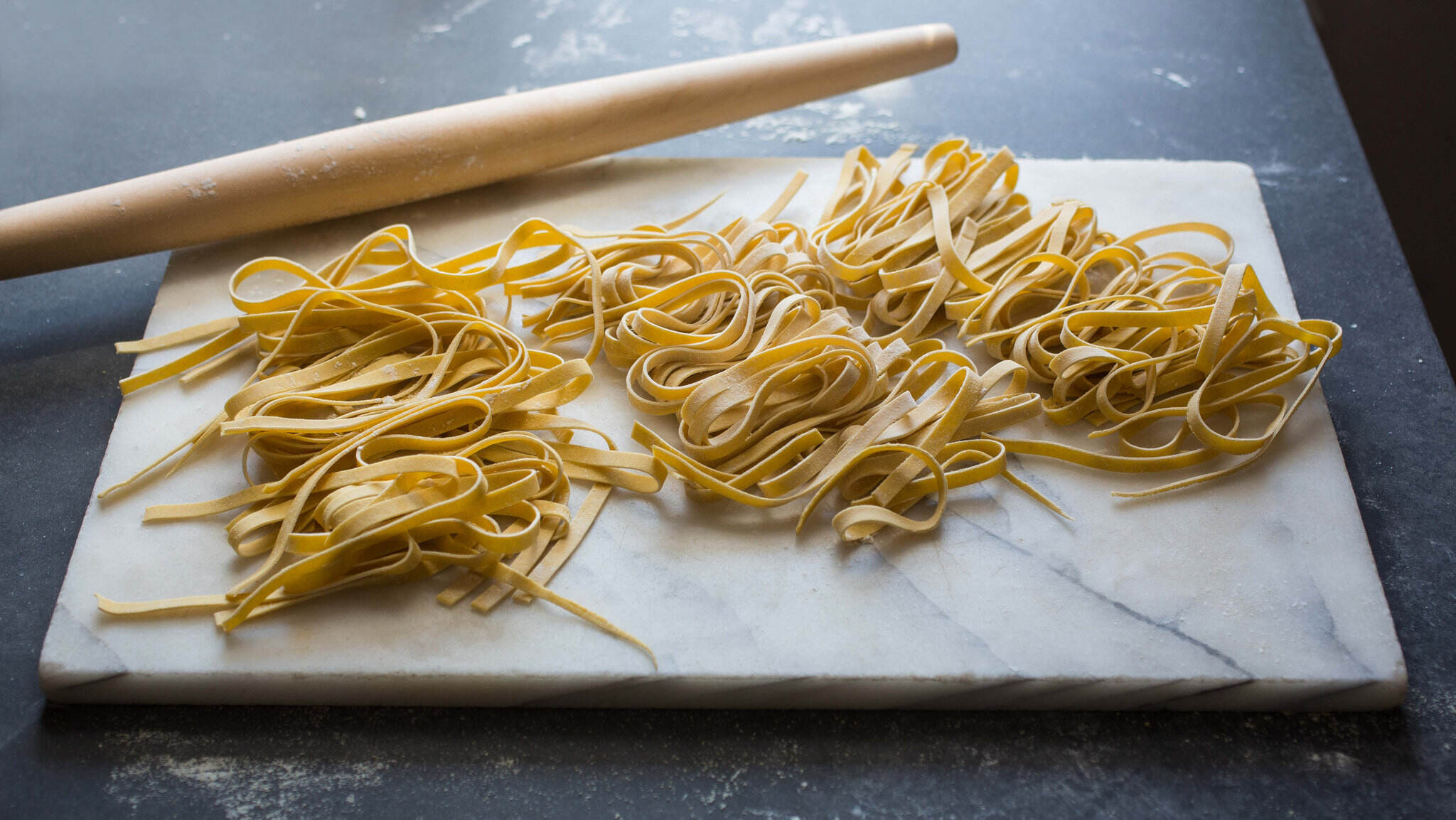
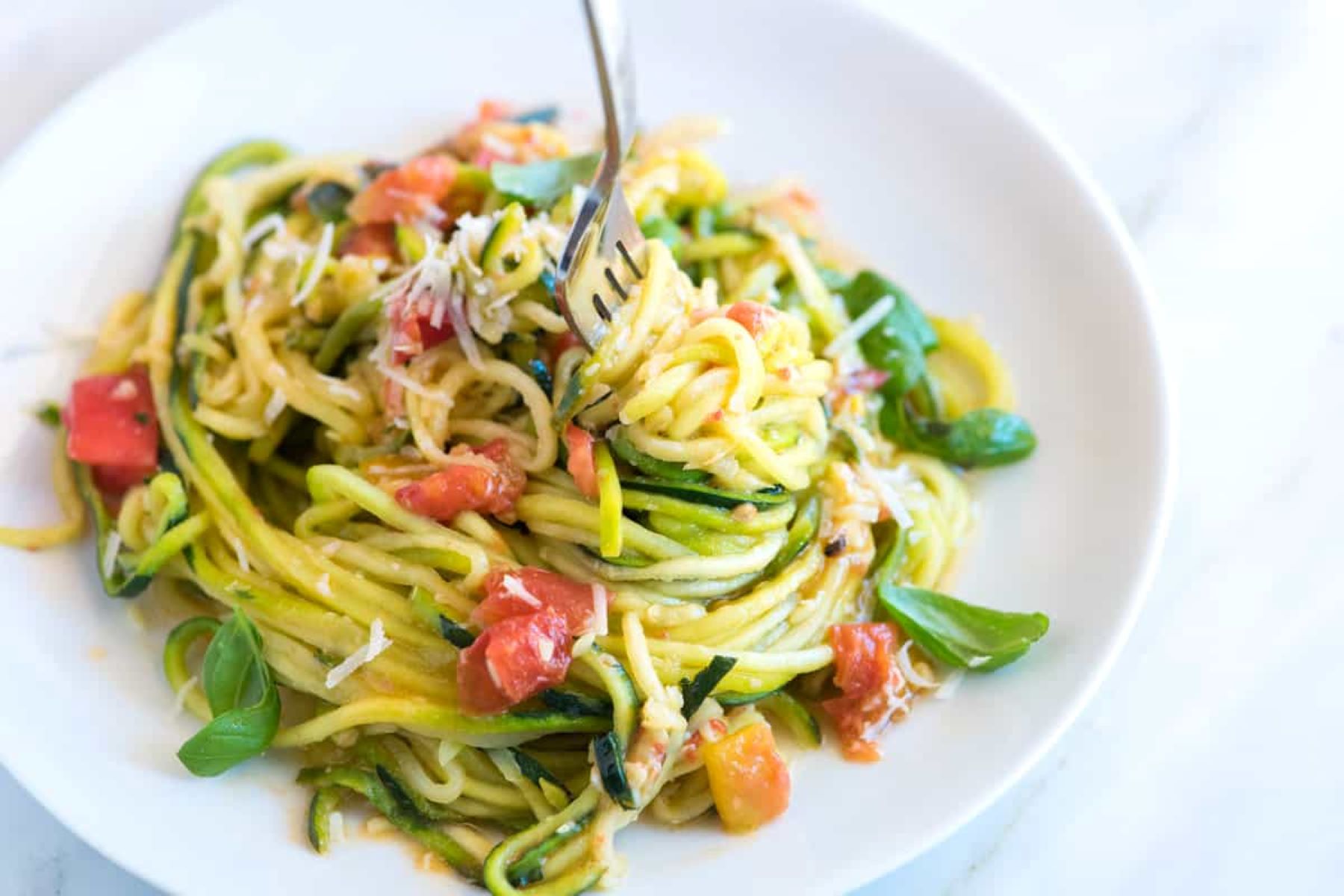
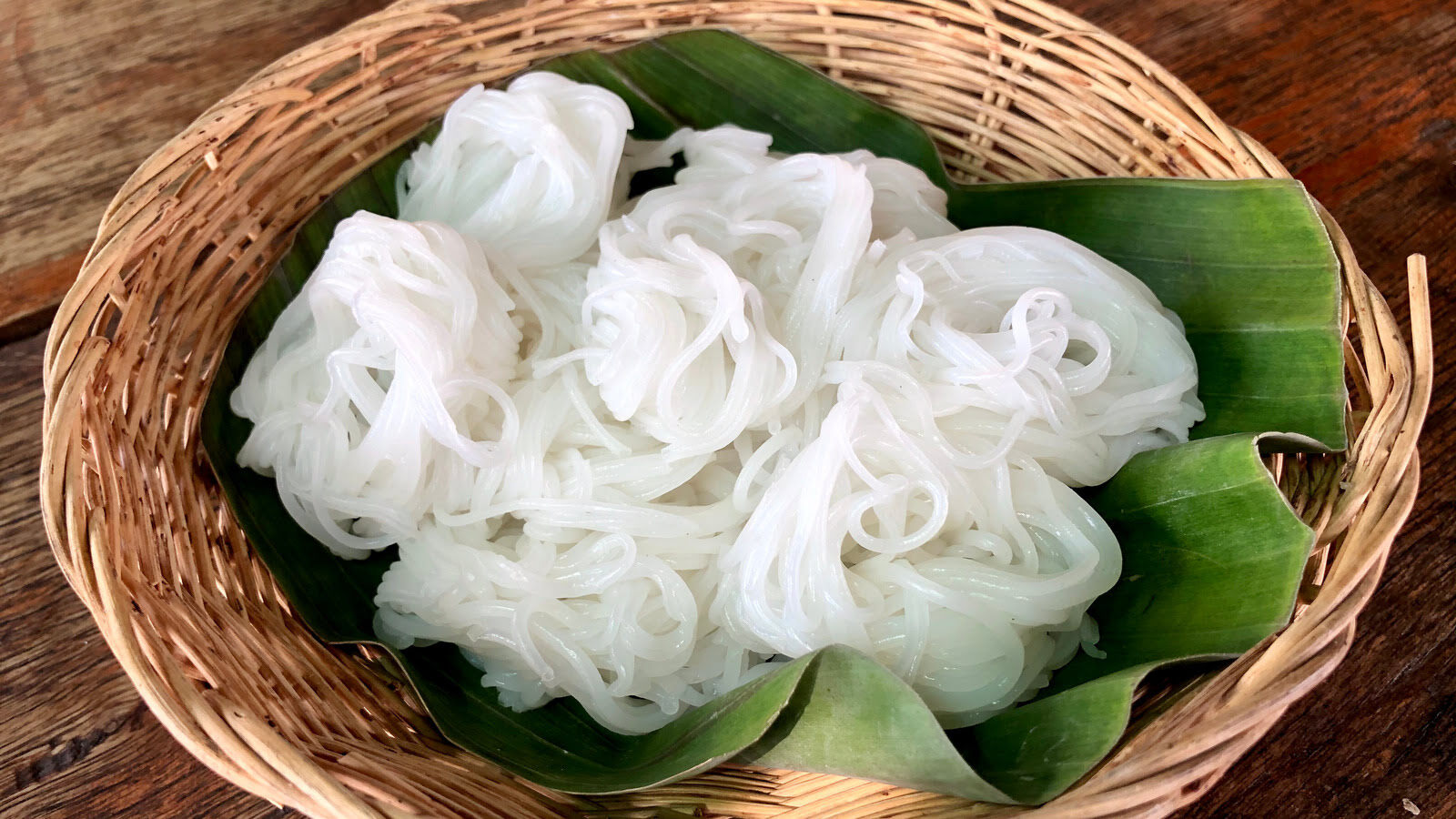
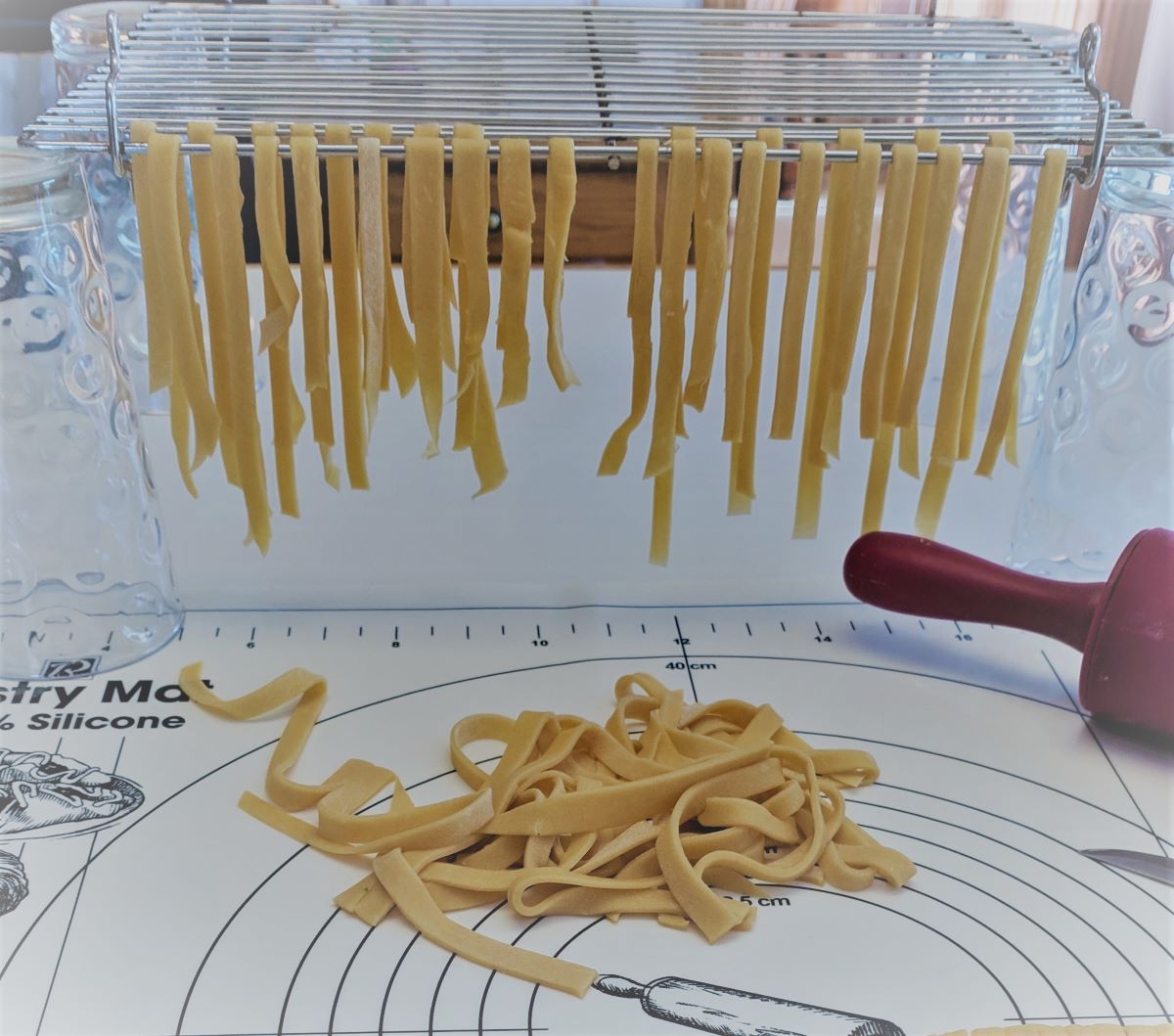
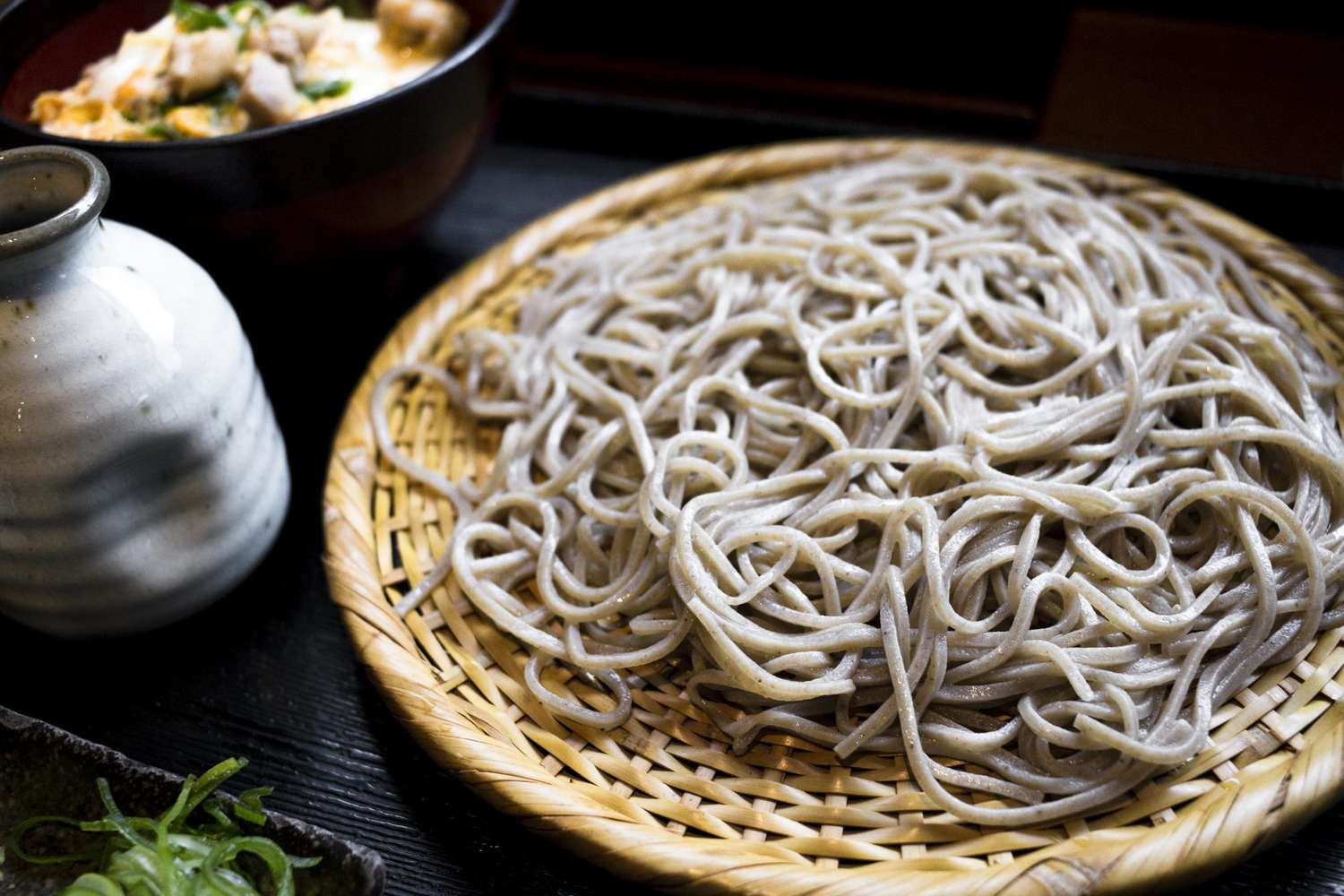
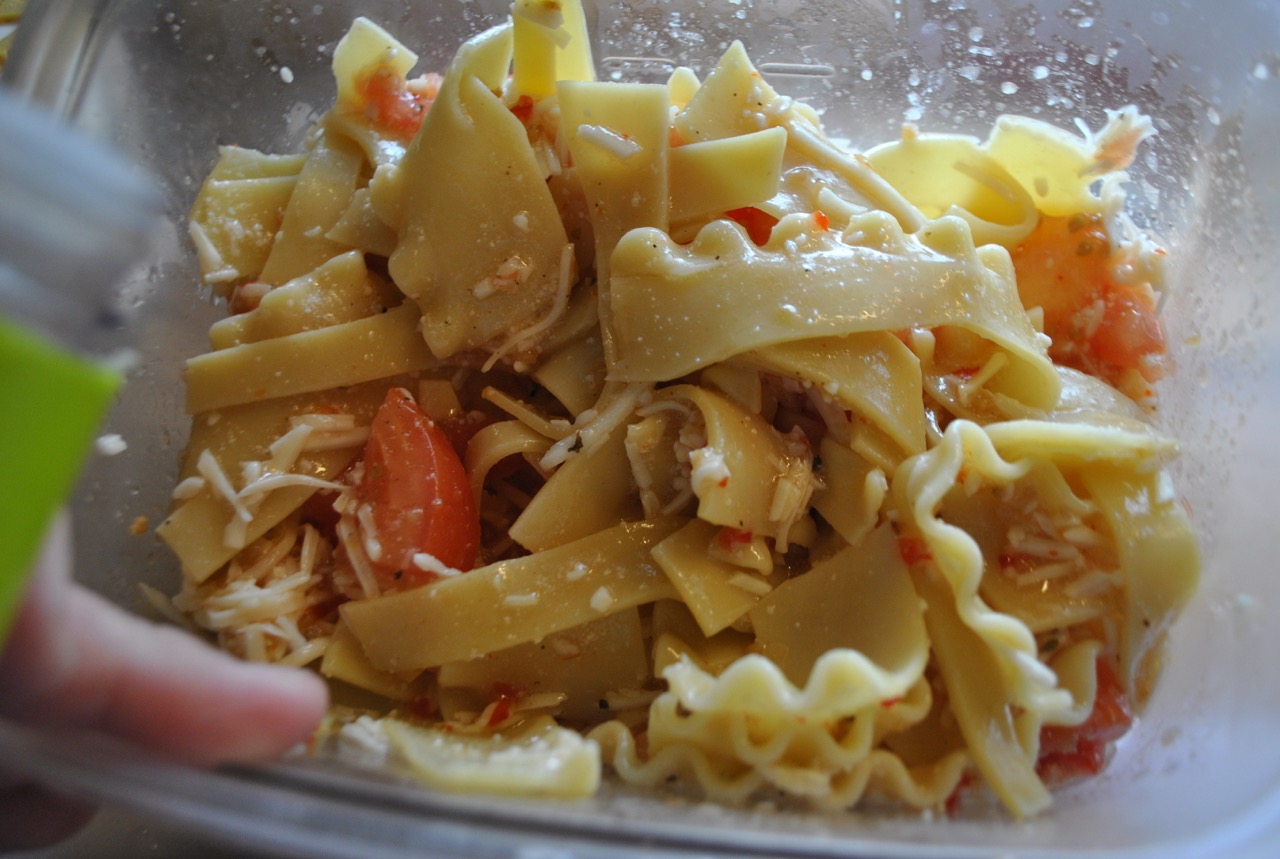

0 thoughts on “How To Store Cooked Noodles”